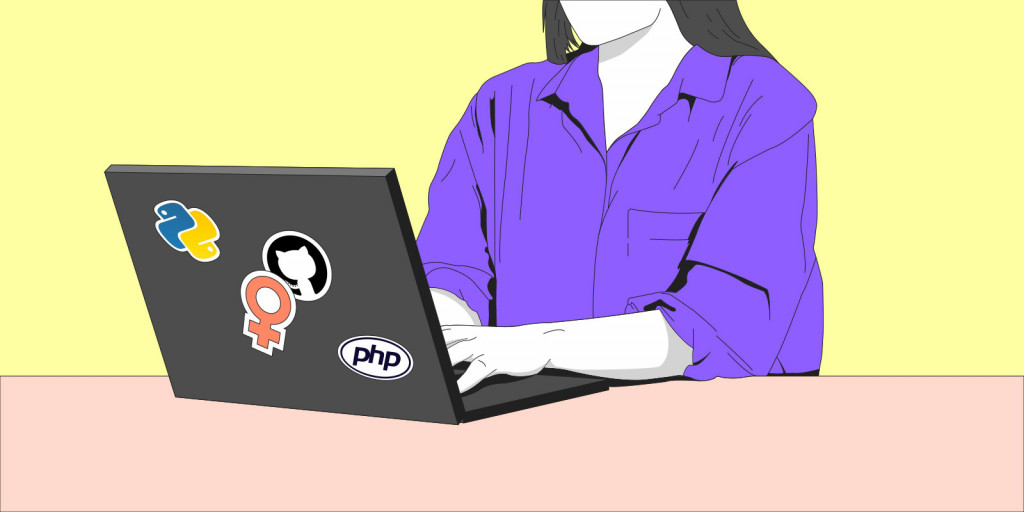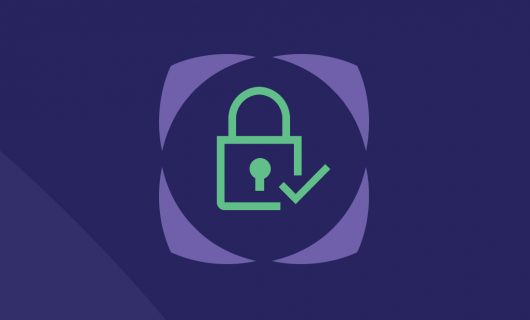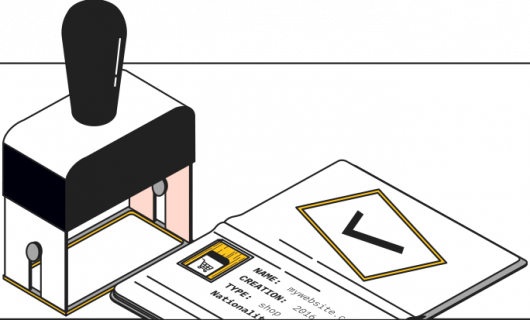
Every February 11 since 2015 is the International Day of Women and Girls in Science, started by UNESCO, is the occasion to highlight the essential role played by women in the scientific and technological community.
And it’s also, above all, an opportunity to take stock of the state of representation of women in these areas and to note that certain myths are still strongly rooted.
We asked Camille Fabreguettes, Software Engineer at Datadog on the Application Security product and coach for Django Girls Paris about some of these popular myths.
Popular myth #1: “Women and girls aren’t interested in science, that’s just how it is.”
If “that’s just how it is,” then how can you explain the disparaties in representation from one country to another? Elyès Jouini, director and chair of the UNESCO “Women and Science,” reminds us in an editorial [link in French] that we had, in 2021, 25% of women in South Korea studying science, technology, engineering, and mathematics at a university level, 32% in France, and 55% in Tunisia.
Camille Fabreguettes: And in Malaysia, where the perception of tech is less gendered, female students are often more numerous than male students in bachelors and masters programs in CS/IT. And while men are majoritarian, they represent less than 60% of graduates. [Link to study]
That’s another reason to doubt the supposedly “natural” aversion women and girls have for tech and to imagine instead that the reasons for this imbalance are more cultural and societal.
Camille Fabreguettes: Moreover, the latest studies [link in French] show that in France, 56% of high school students are interested in computer science or IT.
This belief, in addition to being wrong, is harmful: this assumption can be a self-fulfilling prophecy when it interferes with the process of evaluation. For example, a study from 1999 looked at biases in evaluation of mathematical proofs performed by candidates of Asian origin: when evaluators were provided only with the information that the proofs were performed by women, the grades were relatively low. On the other hand, if evaluators were only told that the “candidates” were Asian, the results were much higher. This benchmark study has since been replicated, notably in 2014, with similar results, proof that “evaluation bias” and stereotypes persist even for decades.
It’s hard to imagine women entering these fields if from the start they’re seen as not likely to succeed.
Popular myth #2 : “Tech has always been a boys’ club”
Tech, a boys’ club where many brilliant women have nonetheless distinguished themselves as leaders and innovators! Ada Lovelace (1815–1862) is considered today the first ever computer scientist, Grace Hopper (1906–1992), who developed the first compiler in 1951 as well as the Cobol language in 1959 or Radia Perlman (1951–…) nicknamed, against her wishes, the “mother of the internet.”
“If you go further,” Camille Fabreguettes adds, “the term ‘computer’ (‘human calculator’), originally refers to someone who does mathematical calculations … and the majority of these computers (even 100% of them at Harvard Observatory in 1880), were women!”
Tech has only been a “boys’ club” since we started associating it with a certain level of prestige … As Katherine Maher, director general of the Wikimedia Foundation from 2014 to 2021 reminds us, in the beginning, tech was essentially “women’s work.” This imbalance was created, already, for bad reasons, since in the 1960s, programming was seen as something that required meticulous attention to detail and precision, qualities that were deemed typically feminine character traits. That’s how Mary Allen Wilkes, another female tech pioneer, postponed her plan to become a lawyer, judging that the path to a career in law as a woman had too many obstacles. She instead entered MIT. And in the end developed there nothing less innovative than the first personal computers!
As soon as the potential of the field of IT became clear and it was identified as the area of the future, men started to rush into the field.
“And as long as it was undervalued as work and it was sort of seen as secretarial labor, there was less prestige associated with it. As soon as it started to be about, like, sending rockets to the moon, then all of a sudden, it became an industry that … men were more interested in, the value of the work went up, compensation went up, and women got pushed out.”
Katherine Maher, CEO of the Wikimedia Foundation from 2014 to 2021
Popular myth #3: “Things are changing, now women are gaining greater representation in tech”
One thing is for sure: the overwhelming dominiation of men in tech is not a myth.
Camille Fabreguettes: In France, women currently represent only 23% of IT workers and the numbers are falling in terms of specialization: 17% of women in programming and development roles and barely 9% of women in infrastructure and network roles. This tendency is the same across Europe where women only represent 18% of IT specialists. But even worse: half of women in IT leave their job before the age of 35!
In terms of young women in fields that lead to these professions, and the propensity for women to leave the field after just a few years, it requires around 12 years [link in French] to reach parity.
And that doesn’t necessarily mean that that’s the path taken anyways: in the United States, the proportion of women advancing in tech jobs is now lower than in 1984, according to a report by Accenture.
Popular myth #4: “It’s too hard to get started/you have to have studied computer science/there are no inclusive training programs”
Camille Fabreguettes: For anyone who wants to get started in and learn more about programming, we regularly organize Django Girls workshops. The concept: a weekend of training in small groups, totally free, without any technical pre-requisites (you just need to bring your own computer) for women only.
Lastly, for those women who want to go further or who plan to change careers to one in tech, certain training programs have made greater inclusion for women in tech their priority. In particular, I’m thinking of Ada Tech School, ‘the first inclusive, feminist tech school,’ or DesCodeuses, the ‘badass tech academy that pairs technical training with collective empowerment for everday women in tech.’
The best way to improve the representation of women in tech and scientific fields, in the absence of immediate parity, is to encourage new vocations. But also giving female developers and engineers a platform, like Chrystelle, Maha, or Sophia who in 2021 described the journey that brought them to Gandi: “Women in tech: on the road to digital diversity!“




